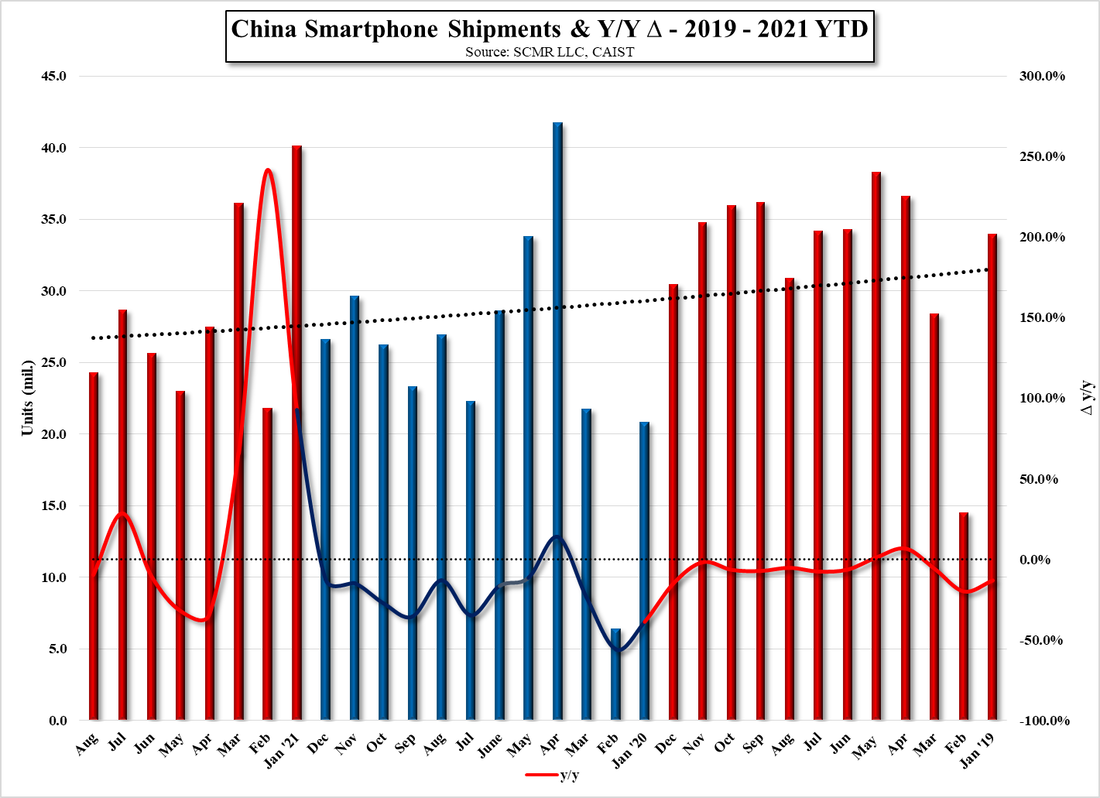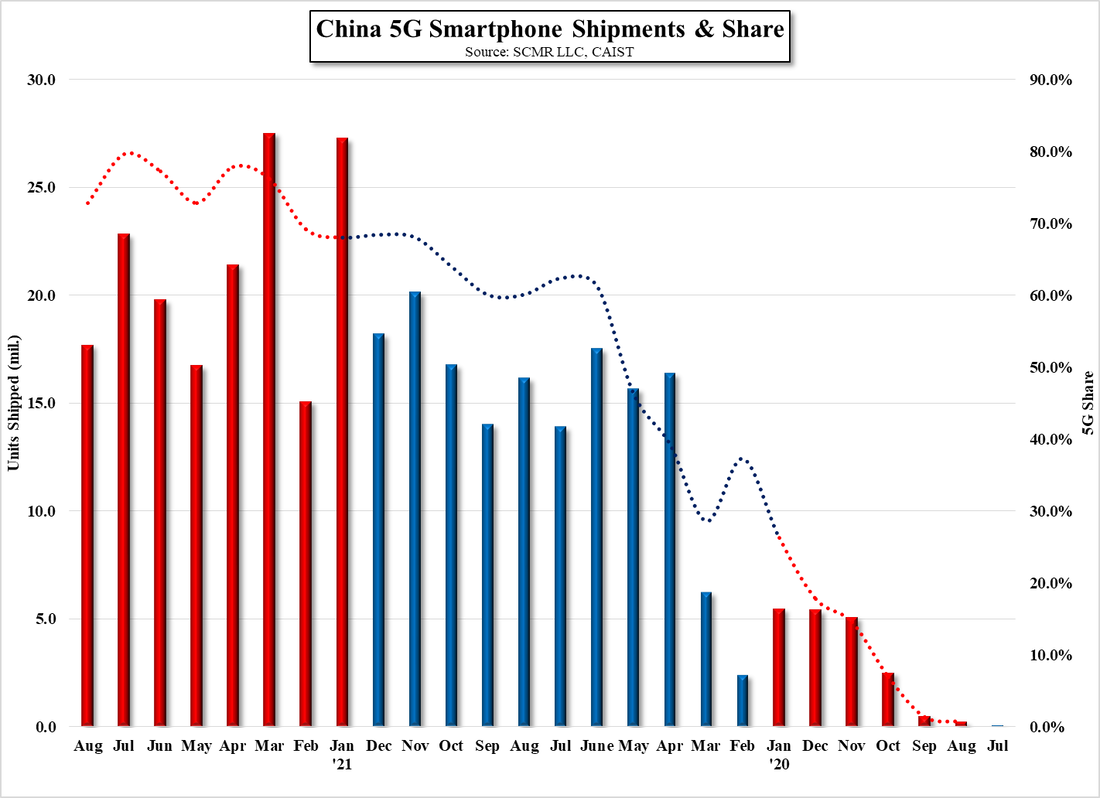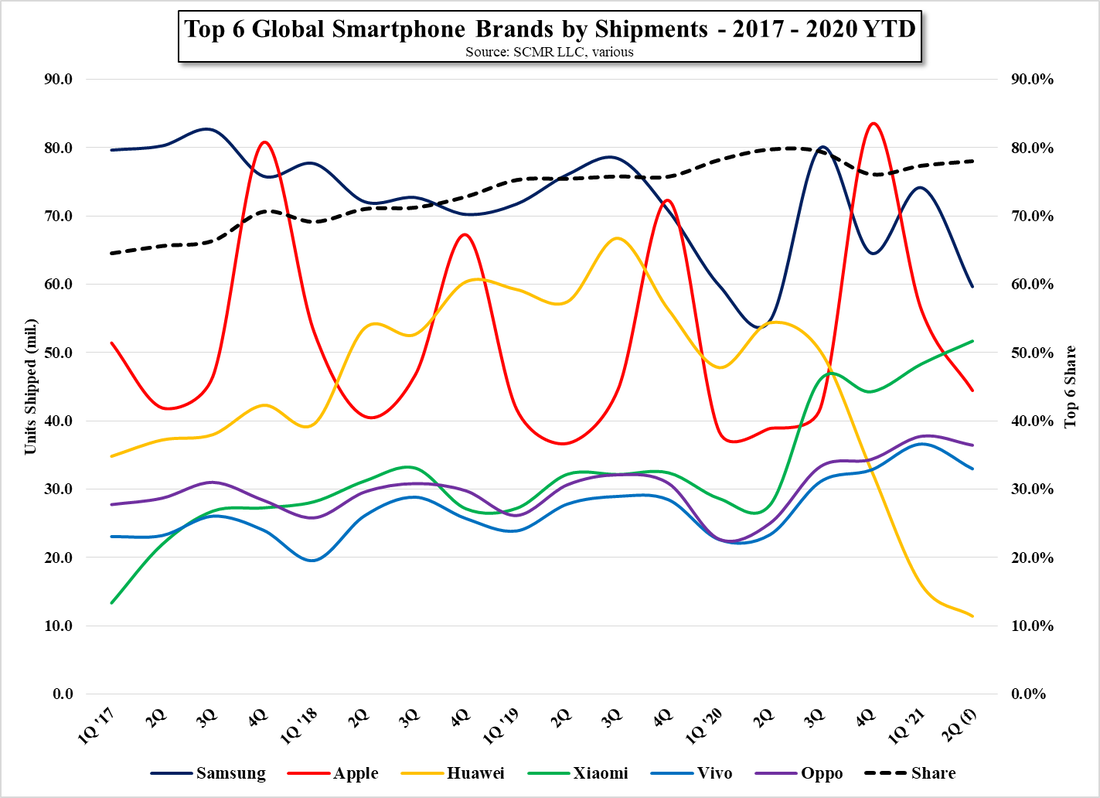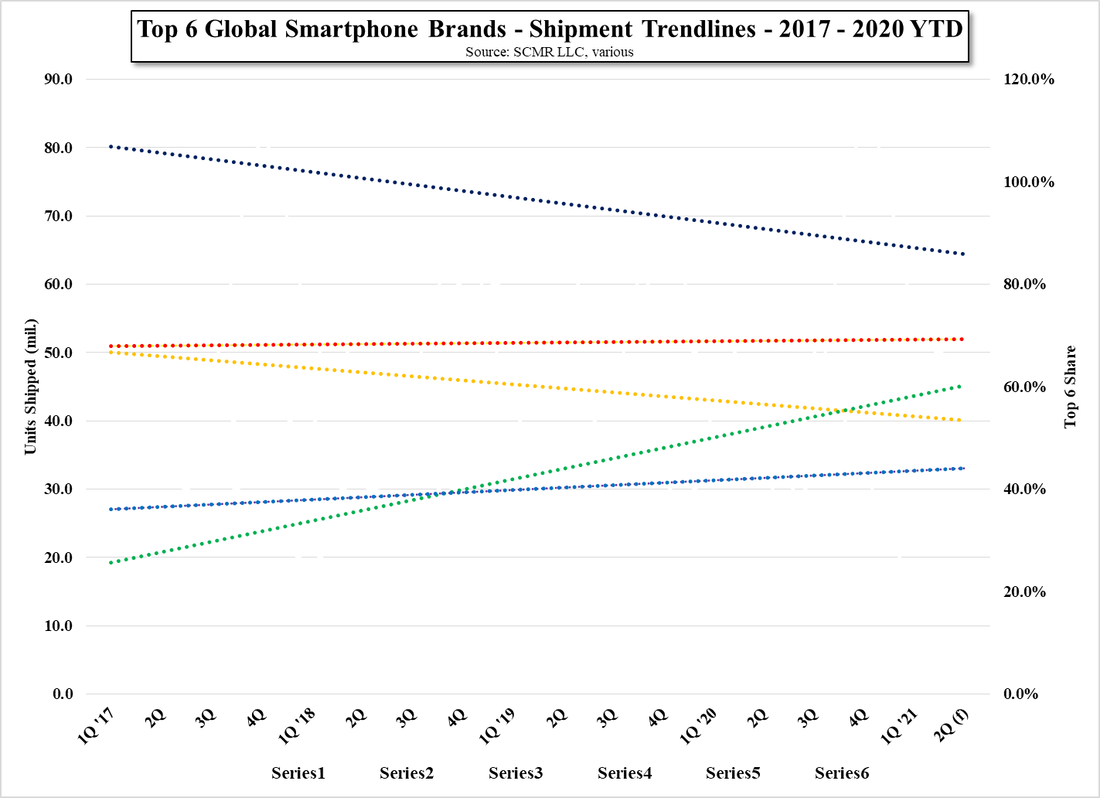Samsung Dissed
This unusual circumstance, where Samsung is refused such a request, is indicative of how tight the AP market has been, but is also a result of Samsung’s increasing reliance on ODMs in China for the design and assembly of some of the lower priced Samsung smartphones, a system developed by Roh when he took the Mobile reins in January 2020. By outsourcing ~20% of the mobile division’s production, Samsung itself has become a smaller component buyer and therefore has less influence over suppliers as the OEMs can opt for different component suppliers than would be the case for Samsung flagship phones.
While we believe the decision to outsource some of Samsung’s mobile device design in order for the company to stay competitive against Chinese brands, the timing was unfortunate. COVID-19 has disrupted many aspects of the mobile supply chain and continues to do so at a time when Samsung is trying to make a transition from declining flagship sales (Galaxy S series and Galaxy Note) to Galaxy foldables, where Samsung has a clear advantage over other brands. Not only has overall smartphone demand been weak, but the gap in sales between the older flagship legacy products and the new foldables is still large, and while prices for foldables are falling below $1,000, consumers are still a bit hesitant to buy into the foldable story. With foldables representing less than 3% of Samsung’s smartphone shipments this year we would have to call this a ‘gap year’ for Samsung’s mobile division.









 RSS Feed
RSS Feed